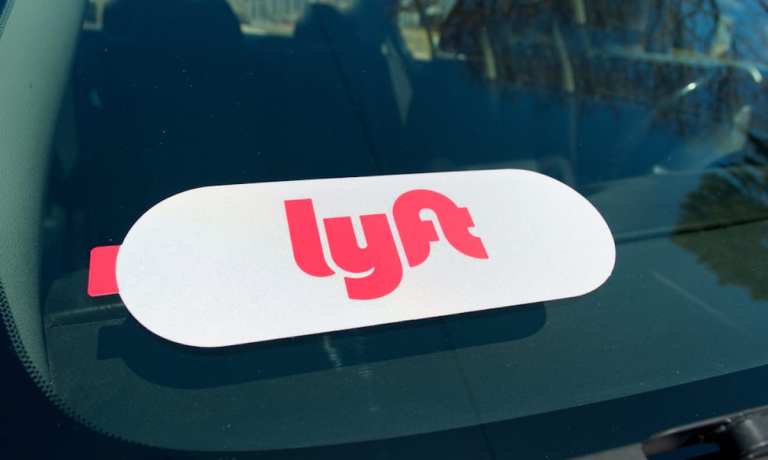
While its rival Uber continues to diversify, Lyft is playing it safe as the pandemic continues to hobble travel and mobility. The company announced its quarter and fiscal year-end financial results on Tuesday (Feb. 9), with fourth-quarter revenues of $570 million (up 14 percent quarter over quarter). The ride-hailing service continues to focus on cost reductions, investments in technology and a renewed commitment to its electric vehicle fleet.
“Even as we’ve strengthened our financial position, we’ve continued to fund strategic investments that build on our core competencies and on our marketplace flywheel, to lower costs and deliver more value to drivers, riders and partners,” said Logan Green, co-founder and chief executive officer of Lyft, in a statement.
Lyft’s concentration on eliminating expenses paid off, resulting in a drop of $360 million in fixed costs in the fourth quarter — an additional 20 percent in cost reductions than originally projected. The company said COVID-19 is still casting a dark cloud over Q1 2021, with some promise of growth inflection in Q2.
“Most of the cost reductions that we’re working on are going to build a stronger business for the long haul,” said Brian Roberts, chief financial officer of Lyft. Some of those trimmed expenses stemmed from Lyft cutting back on bringing on more drivers and spending less money on engagement to offset a net loss of $458.2 million in Q4 2020, which resulted in part from payroll tax expenses and regulatory costs.
Lyft’s commitment to technological investments centers around environmentally-friendly vehicles and providing a better experience for its drivers and riders through improvements to mapping, pricing and dispatch, which would improve driver arrival times and eliminate passenger pickup friction.
Back in Q2 of 2020, Lyft committed to launching electric vehicles or fully autonomous vehicles in select cities by 2023, which was highlighted again during the earnings call. “This is a landmark deal. And the first agreement of its kind in our industry. Through the investments we’ve made in our network, we’ve continued to build on our core competencies to be the partner of choice among autonomous programs. We’re excited about the transformative impact EVs will ultimately have on our industry, and on transportation broadly,” said Green.
In spite of the mixed uncertainties about COVID’s impact on cities remaining populated and returning to a pre-COVID normal state, Lyft is confident about the future of urban areas and expanding EV technology to major cities. “There’s a lot of talk out there about how the world may or may not change,” Green said. “I think there’s a lot of hype. That’s hogwash [that] cities are dead and everybody’s going to leave cities. You know, I think when some people decide to leave, it makes room for other people. And you’ll see an influx of younger folks, creative folks and ambitious people moving to cities.”
COVID forced Lyft to re-examine its spending and investing strategies. Rival ride-hailing services have invested in delivering B2C goods to consumers who are still at home for work, school, dining and even exercise. Meanwhile, Lyft has backed away from those investments, focusing instead on onboarding the safest drivers and offering the best benefits for drivers and riders. The company’s departure from investing in traditional revenue streams could allow it to put its attention and funds toward better outcomes for its drivers and riders.
“We really see our progress to date on a number of different key safety initiatives, and the … operational changes we’re making [in] how we’re leveraging the platform,” said CFO Roberts.